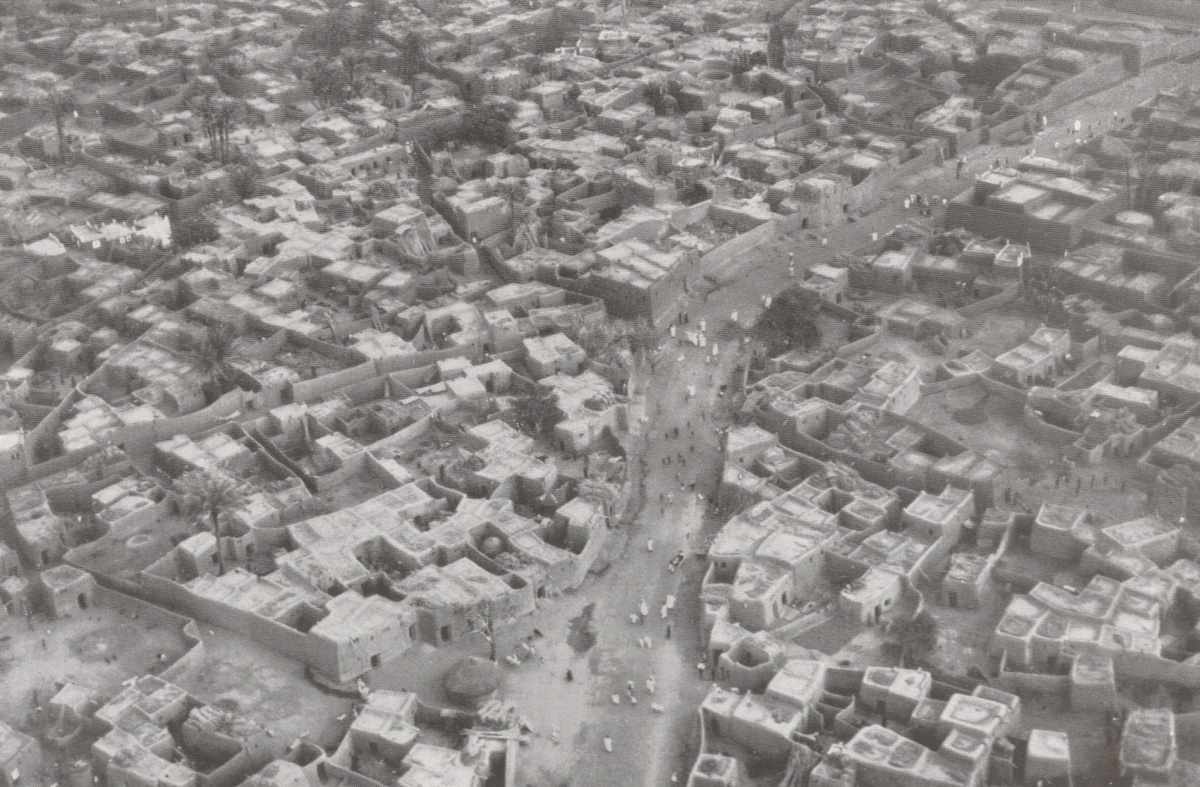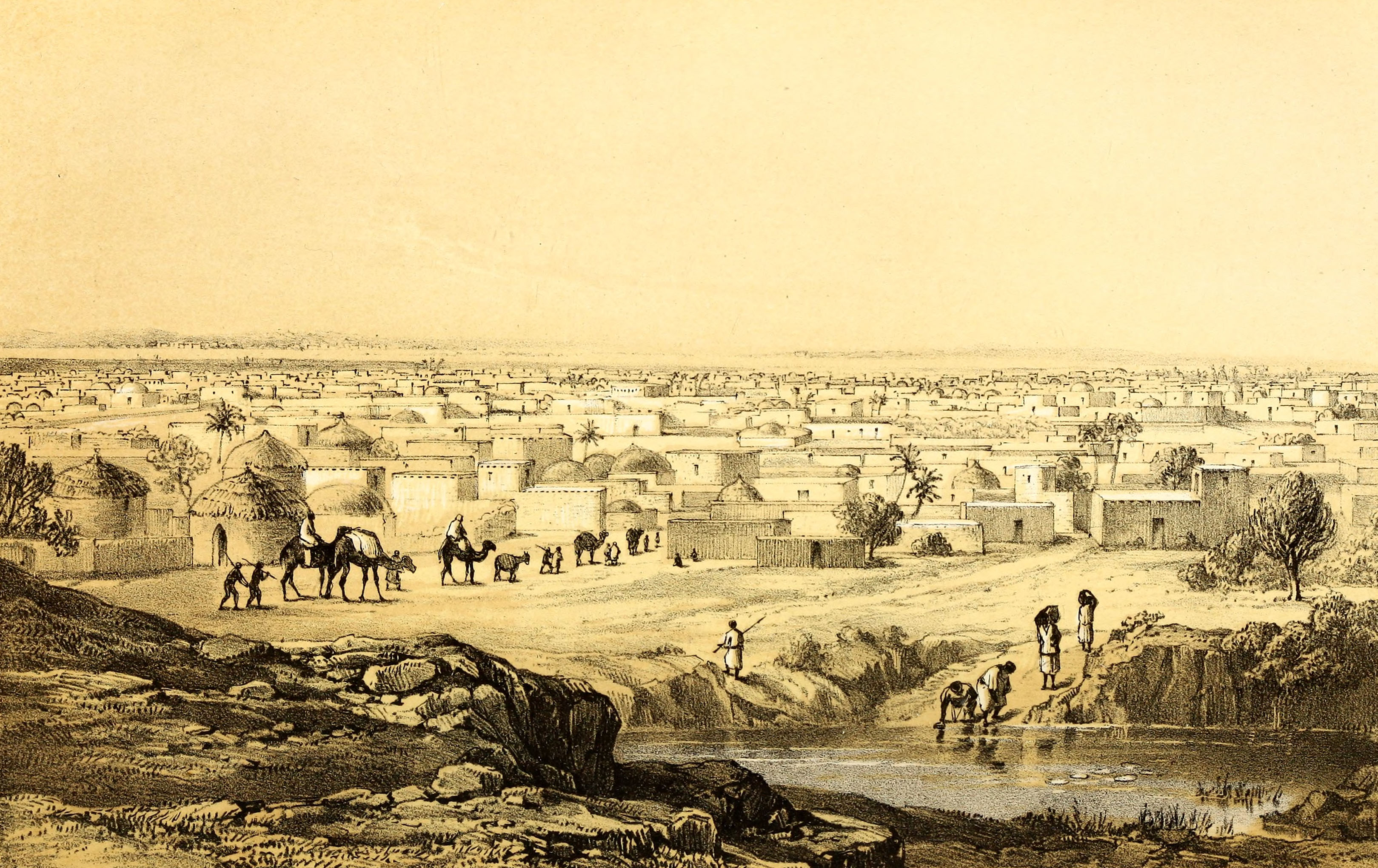|
Watari Dam
Watari Dam is a dam located in Bagwai Local Government area in the north west of Kano State of Nigeria. It was constructed between 1977 and 1980 at a cost of Nigerian Naira ₦7,108,000.00. The community uses the water for agricultural purposes in the area. There is a water pump that sends water from the dam to other parts of Kano City and other towns in the state such as Bichi and Bagwai. It is the third largest dam in Kano State with a total storage capacity of 104.55Mm2. The purpose for the building of the dam is for flood control Flood control methods are used to reduce or prevent the detrimental effects of flood waters."Flood Control", MSN Encarta, 2008 (see below: Further reading). Flood relief methods are used to reduce the effects of flood waters or high water level ... and irrigation, fisheries and the secondary benefit include recreation water supply and wild conservation. References Dams in Nigeria Kano State Yobe State Dams completed in 1974 ... [...More Info...] [...Related Items...] OR: [Wikipedia] [Google] [Baidu] |
Nigeria
Nigeria ( ), , ig, Naìjíríyà, yo, Nàìjíríà, pcm, Naijá , ff, Naajeeriya, kcg, Naijeriya officially the Federal Republic of Nigeria, is a country in West Africa. It is situated between the Sahel to the north and the Gulf of Guinea to the south in the Atlantic Ocean. It covers an area of , and with a population of over 225 million, it is the List of African countries by population, most populous country in Africa, and the List of countries and dependencies by population, world's sixth-most populous country. Nigeria borders Niger in Niger–Nigeria border, the north, Chad in Chad–Nigeria border, the northeast, Cameroon in Cameroon–Nigeria border, the east, and Benin in Benin–Nigeria border, the west. Nigeria is a Federation, federal republic comprising of States of Nigeria, 36 states and the Federal Capital Territory, Nigeria, Federal Capital Territory, where the capital, Abuja, is located. The List of Nigerian cities by population, largest city in Nigeria ... [...More Info...] [...Related Items...] OR: [Wikipedia] [Google] [Baidu] |
Bagwai
Bagwai is a local government area in Kano State, Nigeria. It's headquarter is in the town of Ɓagwai. It has an area of 405 km and had a population of 162,847 in the 2006 census. The third biggest dam in Kano State Watari Dam is located in Bagwai. The postal code A postal code (also known locally in various English-speaking countries throughout the world as a postcode, post code, PIN or ZIP Code) is a series of letters or digits or both, sometimes including spaces or punctuation, included in a postal a ... of the area is 701. Wards There are ten wards in Bagwai local government: *Bagwai *Dangada *Gadanya *Gogori *Kiyawa *Kwajale *Rimin Dako *Romo *Sare-Sare *Wuro Bagga Watari Dam, Bagwai.jpg, Boat at Watari dam Bagwai Watari Dam Bagwai.jpg, Watari Dam Building of GSS GOGORI.jpg, References Local Government Areas in Kano State {{kano-geo-stub ... [...More Info...] [...Related Items...] OR: [Wikipedia] [Google] [Baidu] |
Kano State
Kano State ( Hausa: ''Jihar Kano''جىِهَر كَنوُ) (Fula: Leydi Kano 𞤤𞤫𞤴𞤣𞤭 𞤳𞤢𞤲𞤮𞥅 ) is one of the 36 states of Nigeria, located in the northern region of the country. According to the national census done in 2006, Kano State is the most populous in Nigeria. The recent official estimates taken in 2016 by the National Bureau of Statistics found that Kano State was still the largest state by population in Nigeria. Created in 1967 from the former Northern Region, Kano State borders Katsina State to the northwest, Jigawa State to the northeast, Bauchi State to the southeast, and Kaduna State to the southwest. The state's capital and largest city is the city of Kano, the second most populous city in Nigeria after Lagos. The incumbent governor of the state is Abdullahi Umar Ganduje. He was sworn in on May 29, 2015. Modern day Kano State was the site of numerous kingdoms and empires, including the Kingdom of Kano, which was centered in Dal ... [...More Info...] [...Related Items...] OR: [Wikipedia] [Google] [Baidu] |
Naira
The naira (currency sign, sign: ₦; ISO 4217, code: NGN) is the currency of Nigeria. One naira is divided into 100 ''kobo''. The Central Bank of Nigeria (CBN) is the sole issuer of legal tender money throughout the Federal Republic of Nigeria. It controls the volume of money supplied in the economy in order to ensure monetary and price stability. The Currency Operations Department of the CBN is in charge of currency management, through the designs, procurement, distribution and supply, processing, reissue and disposal or disintegration of bank notes and coins. History The naira was introduced on 1 January 1973, replacing the Nigerian pound at a rate of £1 = ₦2 naira. The coins of the new currency were the first coins issued by an independent Nigeria, as all circulating coins of the Nigerian pound were all struck by the Colonial Nigeria, colonial government of the Federation of Nigeria in 1959, with the name of Elizabeth II, Queen Elizabeth II on the obverse. This also made ... [...More Info...] [...Related Items...] OR: [Wikipedia] [Google] [Baidu] |
Kano City
Kano ( Ajami: كانو) is a city in northern Nigeria and the capital of Kano State. It is the second largest city in Nigeria after Lagos, with over four million citizens living within ; located in the Savanna, south of the Sahel, Kano is a major route of the trans-Saharan trade. The city has been a trade and human settlement for millennia. It is the traditional state of the Dabo dynasty who since the 19th century have ruled as emirs over the city-state. Kano Emirate Council is the current traditional institution inside the city boundaries of Kano, and under the authority of the Government of Kano State. The city is one of the medieval Hausa seven kingdoms and the principal inhabitants of the city are the Hausa people. Centuries before British colonization, Kano was strongly cosmopolitan with settled populations of Arab, Berber, Tuareg, Kanuri and Fula and remains so with the Hausa language spoken as a lingua-franca by over 70 million speakers in the region. Islam ... [...More Info...] [...Related Items...] OR: [Wikipedia] [Google] [Baidu] |
Bichi
Bichi is a Local Government Area and a headquarter of Bichi Emirate council in Kano State, Nigeria. Its headquarters are in the town of Bichi on the A9 highway. Bichi was founded by danejawa the white herders under the leadership of Ardo buba the grandfather of Malam danzabuwa Danejawa Danejawa is among the important clans of fulani tribe. Their ancestor was Muhammadu Danejo. They reared pure white cows. They migrated from Chad to Hausa land and settled in Shanono in Kano kingdom. Some members of the clan left Shanono to Bichi in the north west of Kano and took up the title of sarkin Bichi. Some moved to Kano city and established Daneji quarters near the palace of sarkin Kano, others moved to Kasar Katsina under the leadership of Gudundi assisted by his two younger brothers, Dudi and Gandi. The Danejawa movement into Katsina was in late 18th century. They moved into Karaduwa-Bunsuru basin and settled at Papu with the title of sarkin fulani Daneji. They also established the t ... [...More Info...] [...Related Items...] OR: [Wikipedia] [Google] [Baidu] |
Flood Control
Flood control methods are used to reduce or prevent the detrimental effects of flood waters."Flood Control", MSN Encarta, 2008 (see below: Further reading). Flood relief methods are used to reduce the effects of flood waters or high water levels. Flooding can be caused by a mix of both natural processes, such as extreme weather upstream, and human changes to waterbodies and runoff. Though building hard infrastructure to prevent flooding, such as flood walls, can be effective at managing flooding, increased best practice within landscape engineering is to rely more on soft infrastructure and natural systems, such as marshes and flood plains, for handling the increase in water. For flooding on coasts, coastal management practices have to not only handle changes water flow, but also natural processes like tides. Flood control and relief is a particularly important part of climate change adaptation and climate resilience, both sea level rise and changes in the weather ... [...More Info...] [...Related Items...] OR: [Wikipedia] [Google] [Baidu] |
Dams In Nigeria
A dam is a barrier that stops or restricts the flow of surface water or underground streams. Reservoirs created by dams not only suppress floods but also provide water for activities such as irrigation, human consumption, industrial use, aquaculture, and navigability. Hydropower is often used in conjunction with dams to generate electricity. A dam can also be used to collect or store water which can be evenly distributed between locations. Dams generally serve the primary purpose of retaining water, while other structures such as floodgates or levees (also known as dikes) are used to manage or prevent water flow into specific land regions. The earliest known dam is the Jawa Dam in Jordan, dating to 3,000 BC. The word ''dam'' can be traced back to Middle English, and before that, from Middle Dutch, as seen in the names of many old cities, such as Amsterdam and Rotterdam. History Ancient dams Early dam building took place in Mesopotamia and the Middle East. Dams were used ... [...More Info...] [...Related Items...] OR: [Wikipedia] [Google] [Baidu] |
Yobe State
Yobe is a state located in northeastern Nigeria. A mainly agricultural state, it was created on 27 August 1991. Yobe State was carved out of Borno State. The capital of Yobe State is Damaturu; and it's largest and most populated city is Potiskum. Geography The state borders four states: Bauchi, Borno, Gombe, and Jigawa.Yobe State shares borders with Borno State to the east, Gombe State to the south, Bauchi and Jigawa States to the west and Niger Republic to the north. It borders to the north the Diffa and Zinder Regions of Niger. Because the state lies mainly in the dry savanna belt, conditions are hot and dry for most of the year, except in the southern part of the state which has more annual rainfall. History Yobe State came into being on 27 August 1991. It was carved out of the old Borno State by the Babangida administration. Yobe State was created because the old Borno State was one of Nigeria's largest states in terms of land area and was therefore considered ... [...More Info...] [...Related Items...] OR: [Wikipedia] [Google] [Baidu] |





